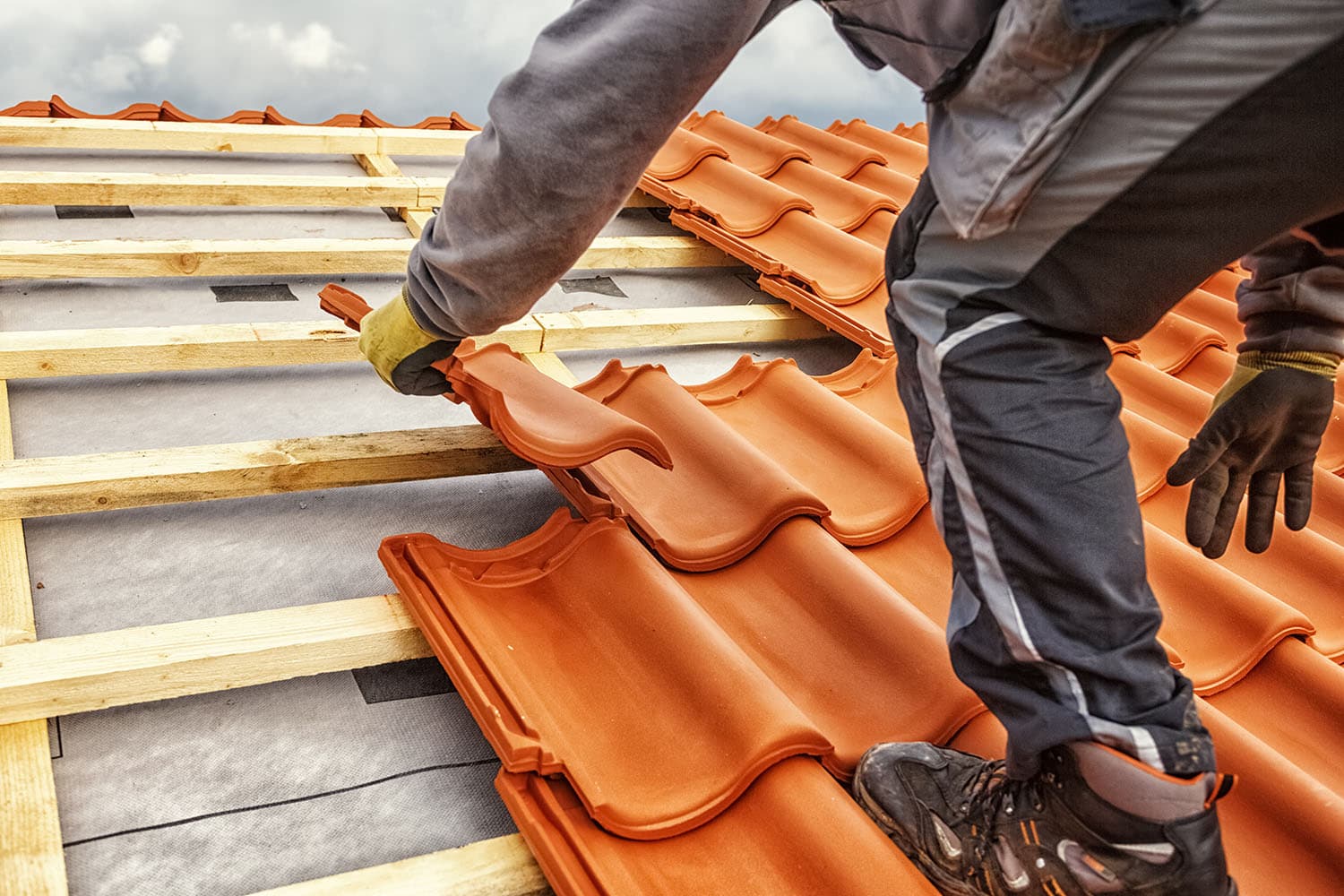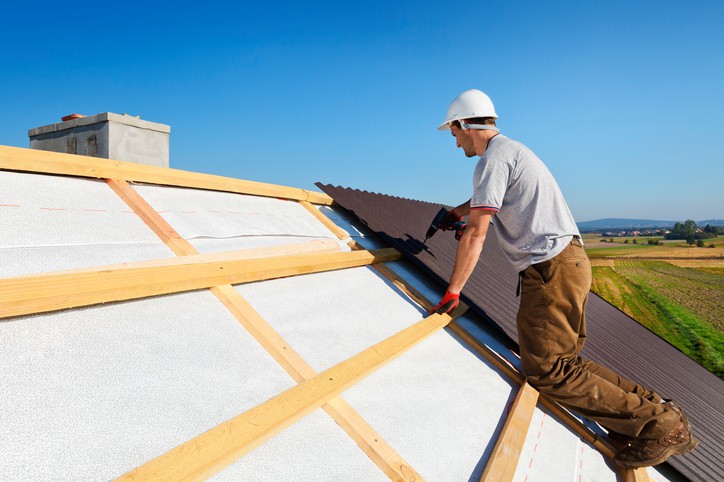Exactly How to Review Different Roof Covering Options for Your Building Needs
Evaluating roof covering alternatives for your structure calls for a thorough technique that thinks about different aspects such as the meant use of the structure, local environment problems, and material qualities. It is vital to evaluate the benefits and drawbacks of different roof covering kinds, from asphalt roof shingles to metal and clay tiles, while additionally considering first expenses and long-lasting upkeep. In addition, understanding energy performance and visual allure can affect your decision. As you ponder these considerations, one question continues to be: which aspects will eventually direct your selection for a lasting and visually pleasing roof service?
Evaluating Your Building's Requirements
To efficiently assess roof options, begin by extensively evaluating your structure's needs. Start by taking into consideration the building's meant usage, as different structures might require varying roof covering requirements. Residential roofings usually prioritize aesthetic appeals and insulation, while business structures might concentrate on resilience and load-bearing capability.
Following, examine the regional climate conditions that will certainly influence roofing efficiency. Factors such as temperature level variations, precipitation levels, and wind patterns can affect product choice and style. A roof system that masters a pleasant environment might not carry out as well in locations susceptible to heavy snowfall or severe warm.
Additionally, analyze the structural integrity of your structure. Make sure that the existing framework can sustain the chosen roof materials, particularly if considering much heavier options. It is additionally vital to review any kind of regional building ordinance or regulations that may dictate particular needs for roof systems.

Contrasting Roof Covering Products
As soon as a comprehensive assessment of your building's needs has actually been finished, the following step includes comparing different roof covering materials. Each material provides unique benefits and downsides, making it necessary to straighten your selection with your particular needs and conditions.
Asphalt tiles are extensively identified for their cost and convenience of installation, making them a prominent choice for household buildings. On the other hand, metal roof, understood for its longevity and long life, can hold up against rough climate conditions yet may come with a greater first financial investment.
Clay and concrete ceramic tiles provide exceptional thermal insulation and visual appeal, particularly for Mediterranean-style design, yet they call for an even more durable architectural support because of their weight. Wood drinks deal an all-natural look and great insulation residential properties however might demand extra maintenance and are susceptible to fire threats.
Examining Cost and Spending Plan
Evaluating your roof covering choices necessitates a cautious examination of price and spending plan considerations. The total allocate a roof covering project makes up several elements, consisting of material prices, labor costs, maintenance, and possible long-lasting savings. It is necessary to develop a clear budget plan prior to checking out certain roofing products, as this will certainly lead the decision-making process and help you stay clear of overspending.
Begin by obtaining quotes from multiple professionals to understand labor costs in your area. Make certain that these quotes include all needed solutions, such as elimination of the old roof covering, installment, and any type of additional attributes, like insulation or ventilation enhancements - Perrysburg Roofer. Next, assess the price of various roofing products, taking into consideration both initial setup costs and anticipated lifespan

Recognizing Power Effectiveness
Energy efficiency plays an essential function in the option of roof covering products and systems, significantly affecting both power intake and total comfort within a building. A well-chosen roofing can boost thermal performance, decreasing the demand for heating and cooling systems, which subsequently lowers power costs and reduces environmental impact.
When examining roofing choices, think about products that show rather than take in warmth. In addition, appropriate insulation and ventilation are vital to optimize the power effectiveness of the whole roofing system.
One more important variable is the roof system's longevity and maintenance demands. Resilient products that need less regular replacement add to long-term power savings. Furthermore, the power efficiency of a roofing system can also be assessed with its conformity with well established sustainability rankings such as power STAR or LEED.
Thinking About Visual Charm
A roof's aesthetic charm significantly affects the total look of a building, matching its building style and improving aesthetic appeal. Roofing Contractor. When evaluating roofing Read Full Report choices, it is important to think about exactly how the chosen material, color, and layout will certainly harmonize with the existing framework and neighborhood. A well-designed roofing can boost also the simplest of structures, changing them right into aesthetic prime focus
Various roof covering products offer various visual high my website qualities. Conventional tiles may stimulate a classic beauty, while steel roof covering can give a modern, sleek appearance. In addition, the shade of the roofing material plays an important role; lighter tones can make a structure show up even more sizable, while darker tones might create a cozier setting.
Furthermore, architectural aspects, such as dormers and eaves, can enhance the roof covering's aesthetic influence. It is a good idea to talk to professional developers or engineers to guarantee the picked roof covering choice lines up with the total design intent. Ultimately, a roof covering must not just provide practical advantages yet additionally add favorably to the building's aesthetic, reflecting the proprietor's taste and the personality of the surrounding setting.
Conclusion
